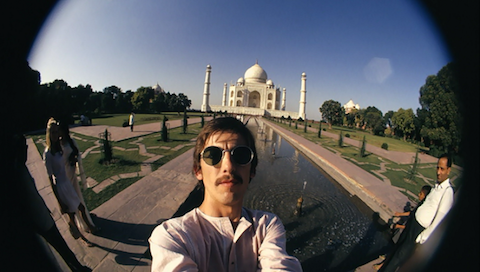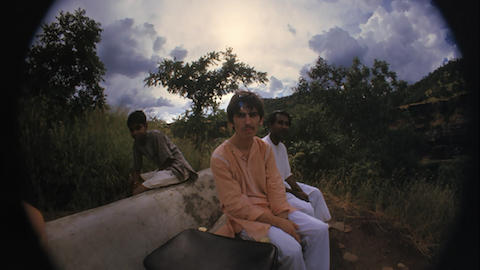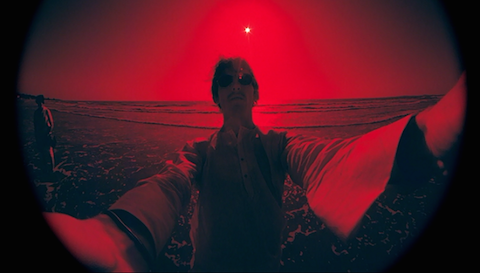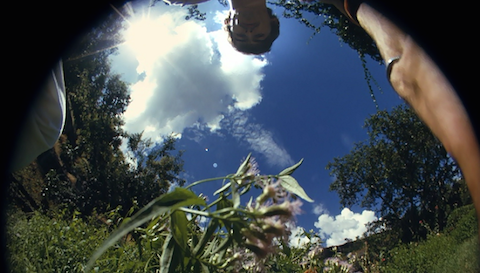
The Beatles’ sojourn in India can seem like a bit of a stunt, as much a rock n’ roll cliché as Led Zeppelin’s trashed hotel rooms or Fleetwood Mac’s coke binges. Easily parodied in, for example, Walk Hard: The Dewey Cox Story, the band’s turn Eastward looks in hindsight like faddish spiritual tourism. That impression may not be so far off. As one writer puts it:
By the late 1960s, The Beatles had engineered another pop culture revolution (at least in Europe and North America) by wearing Indian-style clothing, spouting religious and philosophical aphorisms that seemed to borrow from ‘Eastern’ thought, and later even visiting India for a highly-publicized training session to learn Transcendental Meditation with the fraudulent ‘mystic’ Maharishi Mahesh Yogi.
But while for John, Paul, and Ringo, “interest in Indian/Hindu culture was rather fleeting and temporal […] for George, India completely overhauled and changed his life permanently.” As Harrison himself would later recount of his first journey in 1966, “it was the first feeling I’d ever had of being liberated from being a Beatle or a number.” The rest of the band wouldn’t make the trip until two years later.

Harrison had principally embarked to study sitar under Ravi Shankar and learn yoga, but this was also a period of self-discovery and escape from, as he says, the “mania.” Traveling, as he always did, with a camera, he documented his journey. His pictures are far from ordinary tourist images.
While he describes in writing the “mixture of unbelievable things” he saw, he just as often turned the camera on himself, his photographic introspection made even more pronounced by his use of a fisheye lens.

Interestingly, in his recollection of the trip, Harrison references the surreal cult, sci-fi show The Prisoner as a prime illustration of life as “a number.” One of the show’s most memorable devices involves a huge, mysterious white bubble that captures or kills anyone trying to escape the sinister organization that holds the main character captive. In Harrison’s photos, the bubble becomes a paradoxical representation of his way out of fame’s fishbowl, of the prison of Beatlemania and an identity that felt contrived and alienating.

Behind his steady, serious gaze open up vistas that presage the breadth and depth of his immersion in Indian spiritual practices. Whatever one thinks of his conversion, there’s no doubt it was sincere, and lifelong. Not long after this first trip, at the age of 24, he wrote to his mother, “I want to be self-realized. I want to find God. I’m not interested in material things, this world, fame.” Harrison expressed the very same mystical aspirations in his final, 1997 interview, still playing and singing with his mentor Ravi Shankar.

via Shooting Film/Dangerous Minds
Related Content:
Ravi Shankar Gives George Harrison a Sitar Lesson … and Other Vintage Footage
Watch George Harrison’s Final Interview and Performance (1997)
Josh Jones is a writer and musician based in Durham, NC. Follow him at @jdmagness.


The unattributed reference to Maharishi Mahesh Yogi as a ‘fraudulent mystic’ is both misguided and misplaced. George performed benefit concerts for the Maharishi inspired Natural Law Party and practiced TM through his final years. Also, Paul and Ringo are strong supporters to this day of the David Lynch Foundation, which is leading the efforts to bring Transcendental Meditation to thousands of people, worldwide.
The Sexy Sadie song was about their Maharishi disillusion. They decided to change the name.
George spent his last days with his Hare Krishna friends Shyamasundar and Mukunda.